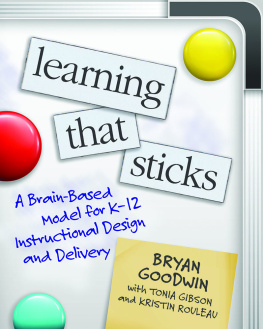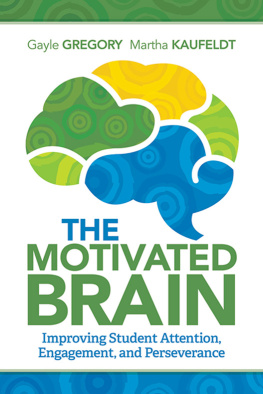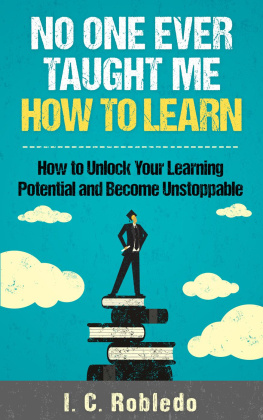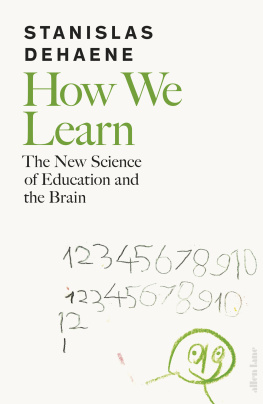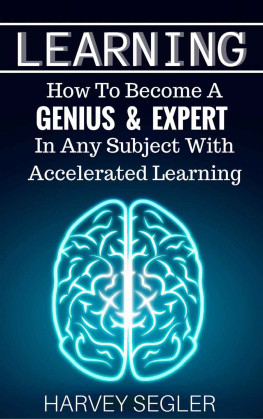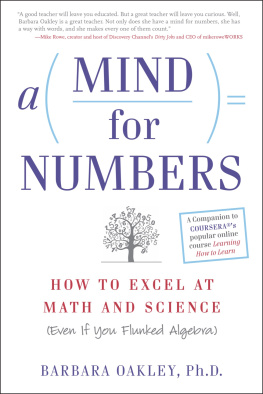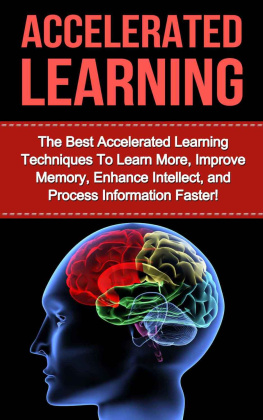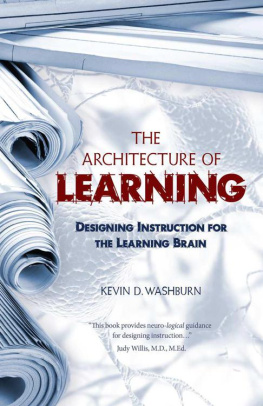Terry Doyle - The New Science of Learning: How to Learn in Harmony With Your Brain
Here you can read online Terry Doyle - The New Science of Learning: How to Learn in Harmony With Your Brain full text of the book (entire story) in english for free. Download pdf and epub, get meaning, cover and reviews about this ebook. year: 2013, publisher: Stylus Publishing, genre: Romance novel. Description of the work, (preface) as well as reviews are available. Best literature library LitArk.com created for fans of good reading and offers a wide selection of genres:
Romance novel
Science fiction
Adventure
Detective
Science
History
Home and family
Prose
Art
Politics
Computer
Non-fiction
Religion
Business
Children
Humor
Choose a favorite category and find really read worthwhile books. Enjoy immersion in the world of imagination, feel the emotions of the characters or learn something new for yourself, make an fascinating discovery.

- Book:The New Science of Learning: How to Learn in Harmony With Your Brain
- Author:
- Publisher:Stylus Publishing
- Genre:
- Year:2013
- Rating:4 / 5
- Favourites:Add to favourites
- Your mark:
The New Science of Learning: How to Learn in Harmony With Your Brain: summary, description and annotation
We offer to read an annotation, description, summary or preface (depends on what the author of the book "The New Science of Learning: How to Learn in Harmony With Your Brain" wrote himself). If you haven't found the necessary information about the book — write in the comments, we will try to find it.
Recent advances in brain science show that most students learning strategies are highly inefficient, ineffective or just plain wrong. While all learning requires effort, better learning does not require more effort, but rather effectively aligning how the brain naturally learns with the demands of your studies. This book shows you what is involved in learning new material, how the human brain processes new information, and what it takes for that information to stick with you even after the test.
Taking a small amount of time to read and act upon the material in this book will prove to be one of the best decisions you can make as a learner. What you discover will change the way you learn in college and will be helpful in your personal and professional life. You live in a world where you will have to be a lifelong learner, constantly updating your skills and changing jobs to compete in the global marketplace. Most college students today will have as many as 10-14 different jobs by age 38. Learning how to learn in harmony with your brain is crucial to your long-term success.
This succinct book explains straightforward strategies for changing how you prepare to learn, engage with your course material, and set about improving recall of newly learned material whenever you need it. This is not another book about study skills and time management strategies, but instead an easy-to-read description of the research about how the human brain learns in a way that you can put into practice right away.
Did you know neuroscientists have shown that memories are made while you sleep, and by studying right before sleeping you can make stronger memories for your information? In this book the authors explain the role that sleep, exercise and your senses play in learning; how memory works and what makes the brain pay attention; the importance of your mindset towards learning and pattern recognition; as well as new breakthroughs in brain science that can enhance your ability to learn new information and make later recall (for tests or everyday life) easier.
This book will put you on the path to reaching your full learning potential.
Terry Doyle: author's other books
Who wrote The New Science of Learning: How to Learn in Harmony With Your Brain? Find out the surname, the name of the author of the book and a list of all author's works by series.


